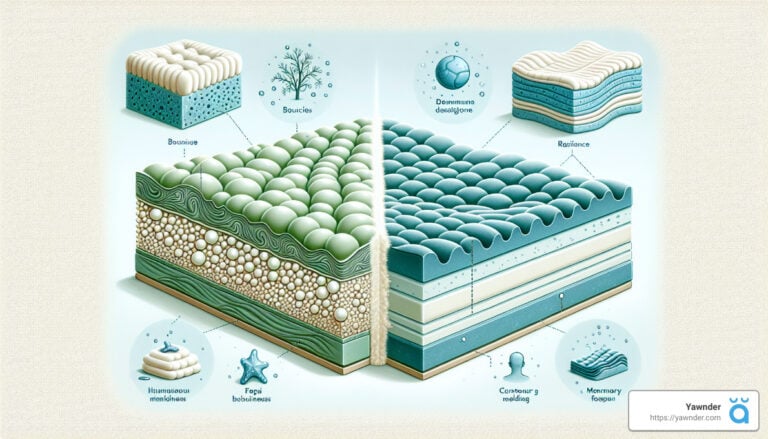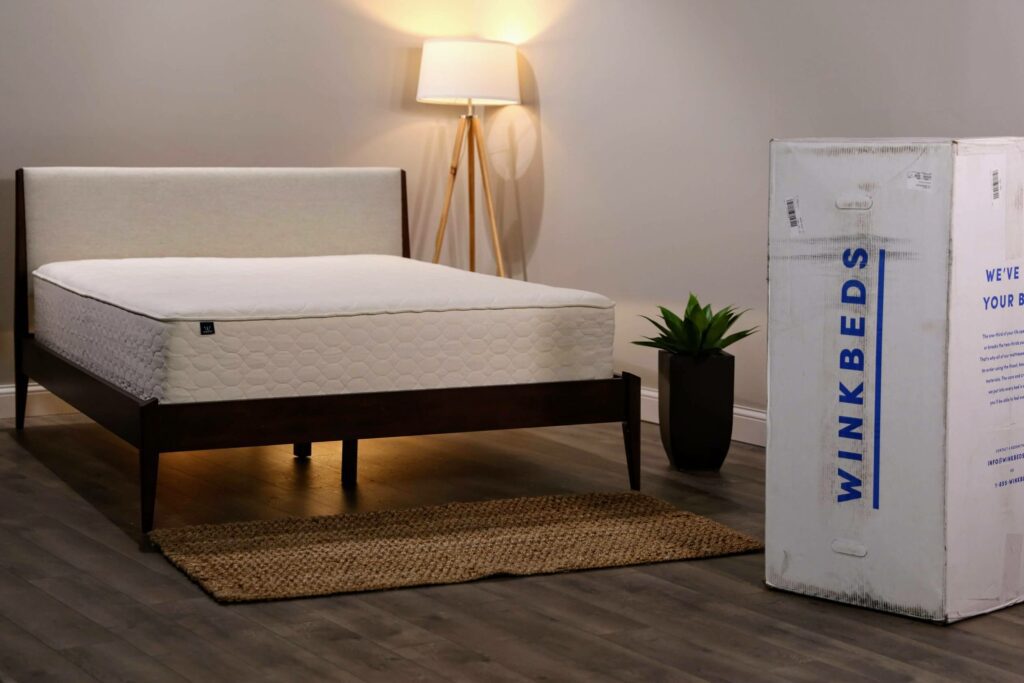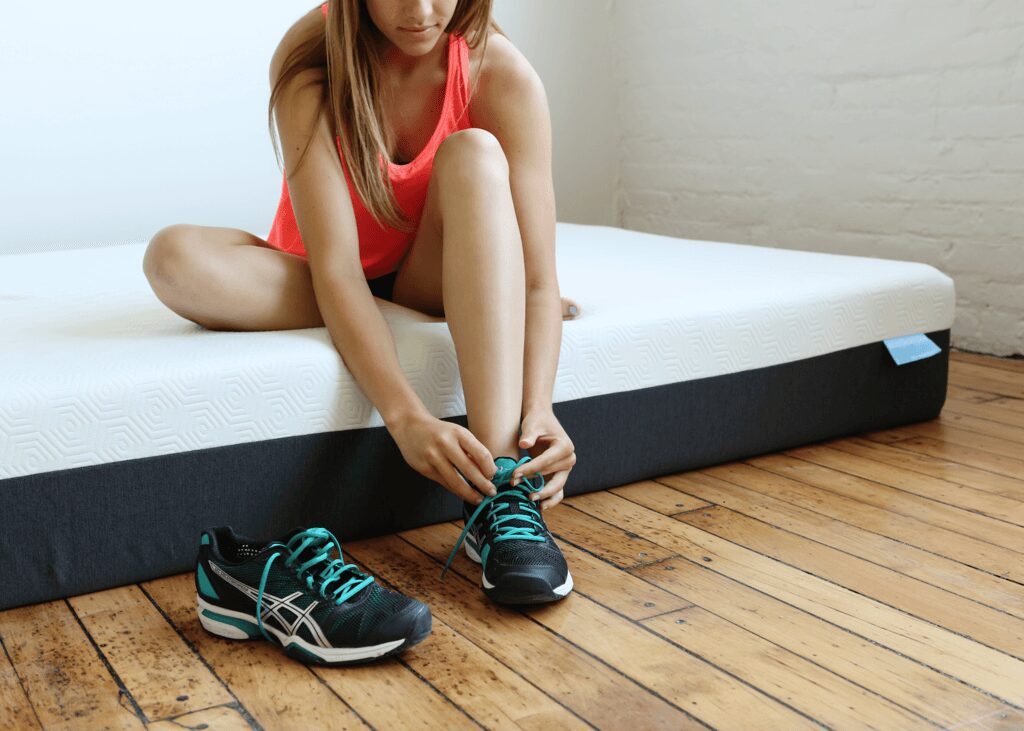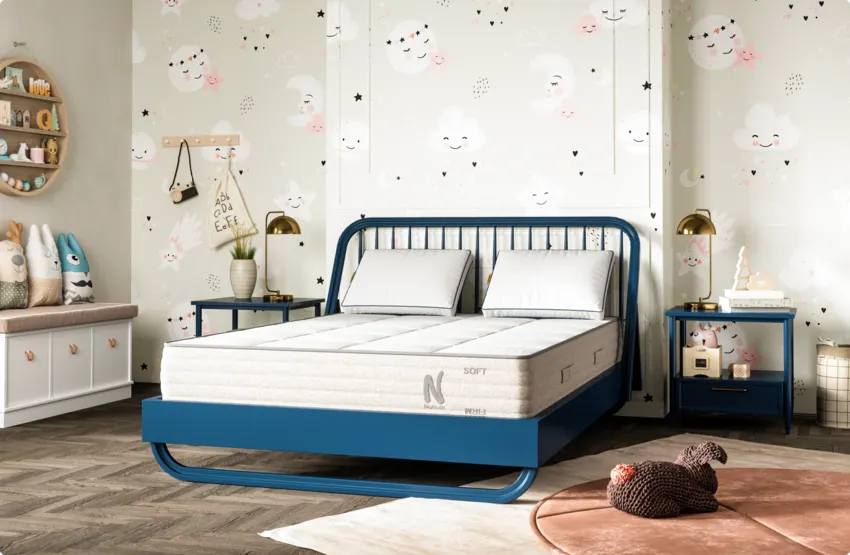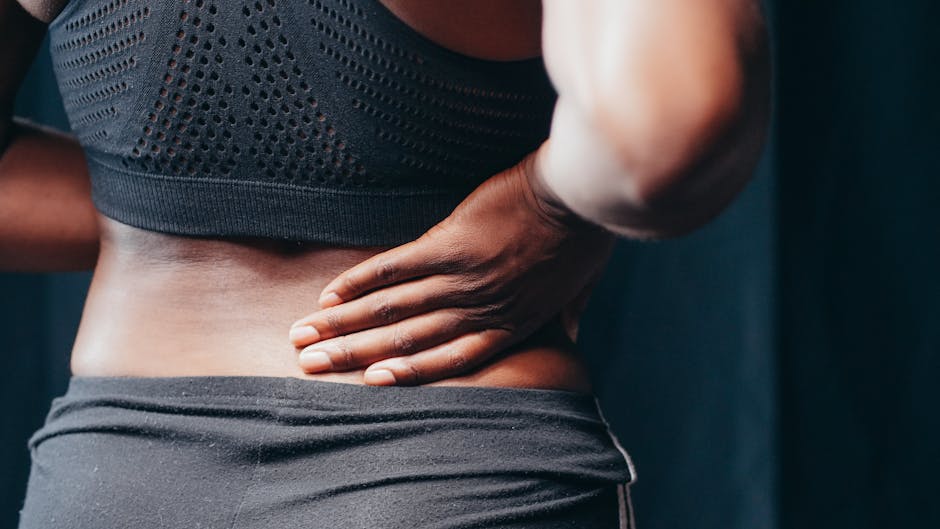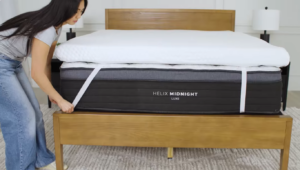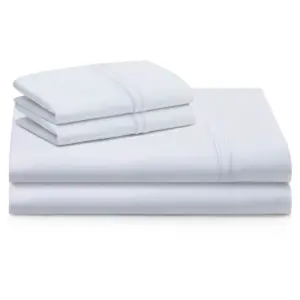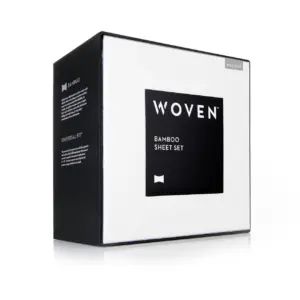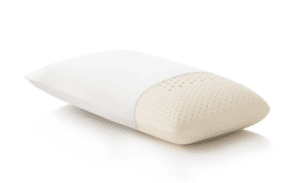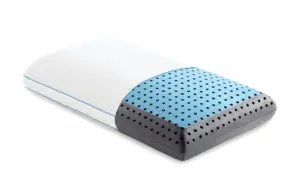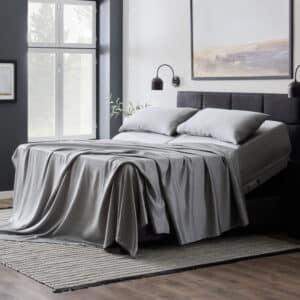The Definitive Guide to Latex vs. Memory Foam Mattress Toppers
If you’re weighing the options between a latex and memory foam mattress topper, you’ve come to the right spot. Mattress toppers serve as a simple, budget-friendly way to enhance your bed’s comfort and support, thereby improving your overall sleep quality and prolonging the life of your mattress. Each type offers distinct advantages and disadvantages, making your selection crucial for a restful night’s sleep. Here’s a comprehensive look at both options.
Understanding Memory Foam Mattress Toppers
Memory foam mattress toppers are crafted from viscoelastic polyurethane foam, engineered to react to both your body heat and pressure. This unique design allows the material to conform to your shape, creating a sensation akin to being gently embraced by your mattress.
Benefits of Memory Foam Toppers
– Soothing Pressure Relief: One of the most celebrated features of memory foam is its ability to alleviate pressure. The foam molds to your body, redistributing weight away from sensitive areas such as your hips and shoulders. This quality is particularly beneficial for individuals experiencing joint pain.
– Excellent Motion Isolation: If you share your bed with someone who frequently changes positions, memory foam can significantly enhance your sleeping experience. Its slow response to movement minimizes motion transfer, reducing disturbances from a partner’s tossing and turning.
– Affordability: Available in a wide price range, memory foam toppers offer budget-conscious shoppers numerous options. Whether you’re looking for something inexpensive or high-end, there’s a memory foam topper that fits your wallet.
Drawbacks of Memory Foam Toppers
– Heat Retention: A common complaint about memory foam is its tendency to trap heat. This can create an uncomfortable sleeping environment, particularly for those who naturally run warm. While some models include gel layers to counteract this effect, it’s an important factor to consider.
– Sinkage: Over time, memory foam may develop a sinking sensation due to its heat sensitivity. This stuck feeling can be inconvenient, especially for restless sleepers.
– Durability Issues: While quality memory foam can last, lower-end options may break down faster, leading to permanent indentations and a shortened lifespan.
In summary, memory foam mattress toppers excel in pressure relief and motion isolation but can suffer from heat retention, sinkage, and varying durability.
Exploring Latex Mattress Toppers
Latex mattress toppers are derived from latex foam, which can be natural, synthetic, or a blend of both. Natural latex originates from rubber tree sap, while synthetic latex is produced from petrochemicals. The two main processes used to create latex foam—Talalay and Dunlop—yield different results.
Advantages of Latex Toppers
– Cooling Comfort: Latex foam’s open-cell structure facilitates airflow, resulting in a cooler sleep experience compared to memory foam. Its temperature-neutral properties ensure that it remains consistent, regardless of how warm or cool it gets.
– Responsive Pressure Relief: Known for its buoyant feel, latex responds quickly to changes in pressure, providing support without the sinking sensation typical of memory foam. This makes it an excellent choice for individuals with sensitive joints.
– Exceptional Durability: Latex foam is highly resilient and retains its shape over time. Many latex mattress toppers come with warranties of up to five years, emphasizing their reliability and long lifespan.
Disadvantages of Latex Toppers
– Limited Motion Isolation: The bouncy nature of latex means it doesn’t isolate motion as effectively as memory foam. This can be a downside if you have a restless partner.
– Higher Cost: Generally, latex toppers are more expensive than their memory foam counterparts. However, their durability may justify the higher initial investment.
– Weight: The dense nature of latex makes these toppers heavier and more challenging to maneuver, which could be a hassle for those who regularly rearrange their bedding.
In conclusion, latex mattress toppers offer cooling properties, responsive support, and durability, though they may not isolate motion as well and often come at a higher price.
Comparing Latex and Memory Foam Mattress Toppers
Response & Feel
Winner: Personal Preference
Latex responds instantly, providing a buoyant feel, while memory foam contours slowly, creating a deeper hug around your body.
Temperature Regulation
Winner: Latex
Due to its natural breathability, latex excels in temperature regulation, helping to keep you cool through the night.
Pressure Relief
Winner: Close Call
Both materials offer excellent pressure relief but achieve it in different ways. Latex redistributes weight effectively, while memory foam contours deeply.
Motion Isolation
Winner: Memory Foam
For light sleepers, memory foam’s ability to minimize motion transfer is a significant advantage.
Support
Winner: Latex
Latex generally provides better support, helping maintain spinal alignment and resisting unwanted sinkage.
Durability
Winner: Latex
Known for its resilience, latex outlasts memory foam, providing long-term value.
Price
Winner: Memory Foam
Memory foam options tend to be more affordable initially, though they may require replacement sooner than latex.
Which Mattress Topper Suits You?
Side Sleepers
Need pressure relief for shoulders and hips.
– Latex: Adapts quickly to position changes, offering responsive support.
– Memory Foam: Provides deep contouring for a cushioned surface.
Back Sleepers
Seek balanced support for spinal alignment.
– Latex: Offers responsive support while preventing excessive sinkage.
– Memory Foam: Provides even weight distribution and deep comfort.
Stomach Sleepers
Require a firmer surface to prevent misalignment.
– Latex: Generally firmer, helping keep hips aligned.
– Memory Foam: May sink too much, which could lead to discomfort.
Plus-Size Sleepers
Need extra durability and support.
– Latex: Highly resilient, maintaining structure over time.
– Memory Foam: Can provide support, but may degrade faster under heavier weight.
Mattress Compatibility
Choosing between latex and memory foam depends on your existing mattress type. Here’s a quick compatibility guide:
Latex Toppers
– Hybrid Mattresses: Enhance cooling and support.
– Innerspring Mattresses: Offer additional cushioning.
– Memory Foam Mattresses: Improve breathability and responsiveness.
Memory Foam Toppers
– Hybrid Mattresses: Add extra contouring.
– Innerspring Mattresses: Soften the feel and reduce motion transfer.
– Latex Mattresses: Provide contouring without sacrificing support.
Attachment Mechanisms
Most toppers include features to keep them in place, from corner straps and fitted-sheet designs to non-slip bottoms.
Frequently Asked Questions
Which topper is better: latex or memory foam?
It depends on your preferences. Latex is cooler and offers bounce and durability, while memory foam excels in pressure relief and motion isolation.
Is one better for back pain?
Both can alleviate back pain but do so differently. Memory foam provides targeted relief, while latex offers balanced support.
Do latex toppers sleep cooler than memory foam?
Yes, latex allows for better airflow, making it cooler than memory foam, which tends to retain heat.
Conclusion
At Yawnder, we prioritize sleep quality and comfort. Our expert evaluations of latex and memory foam mattress toppers aim to guide you to an informed decision that elevates your sleep experience.
Explore our range of products tailored to your specific sleep needs. From contouring memory foam to responsive latex, you’ll find the perfect mattress topper to enhance your sleep. Your ideal rest awaits—start your journey today!

